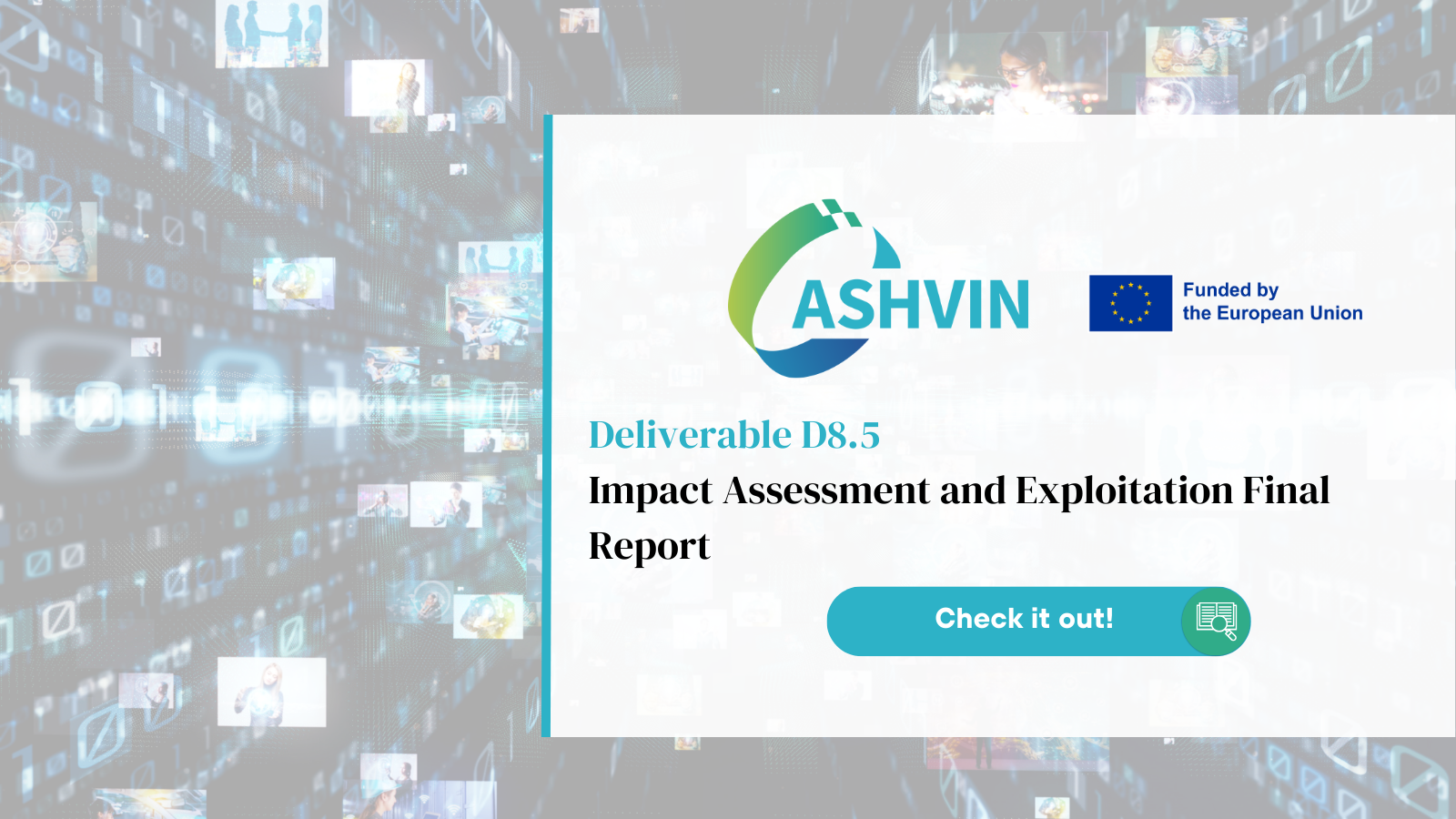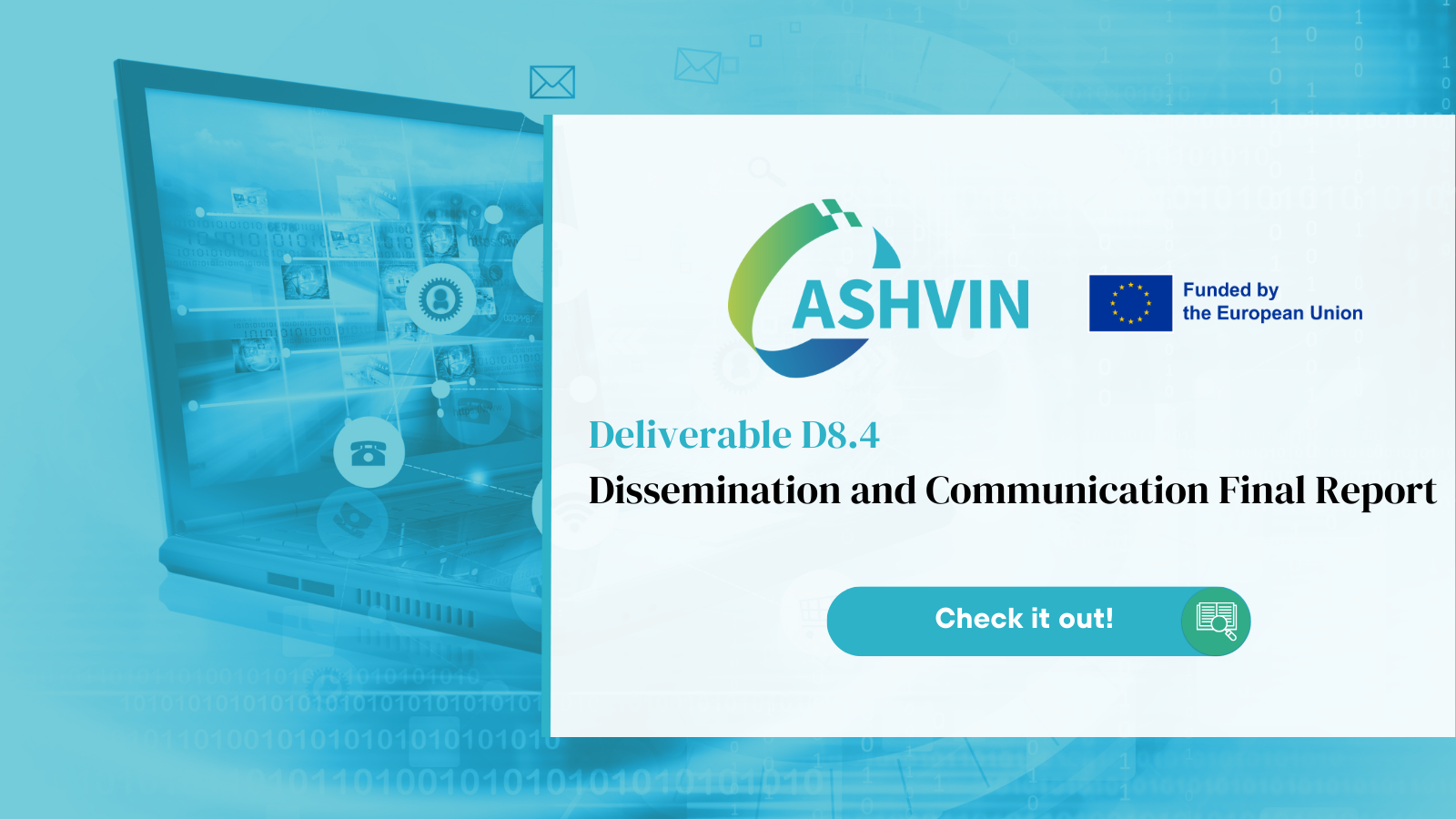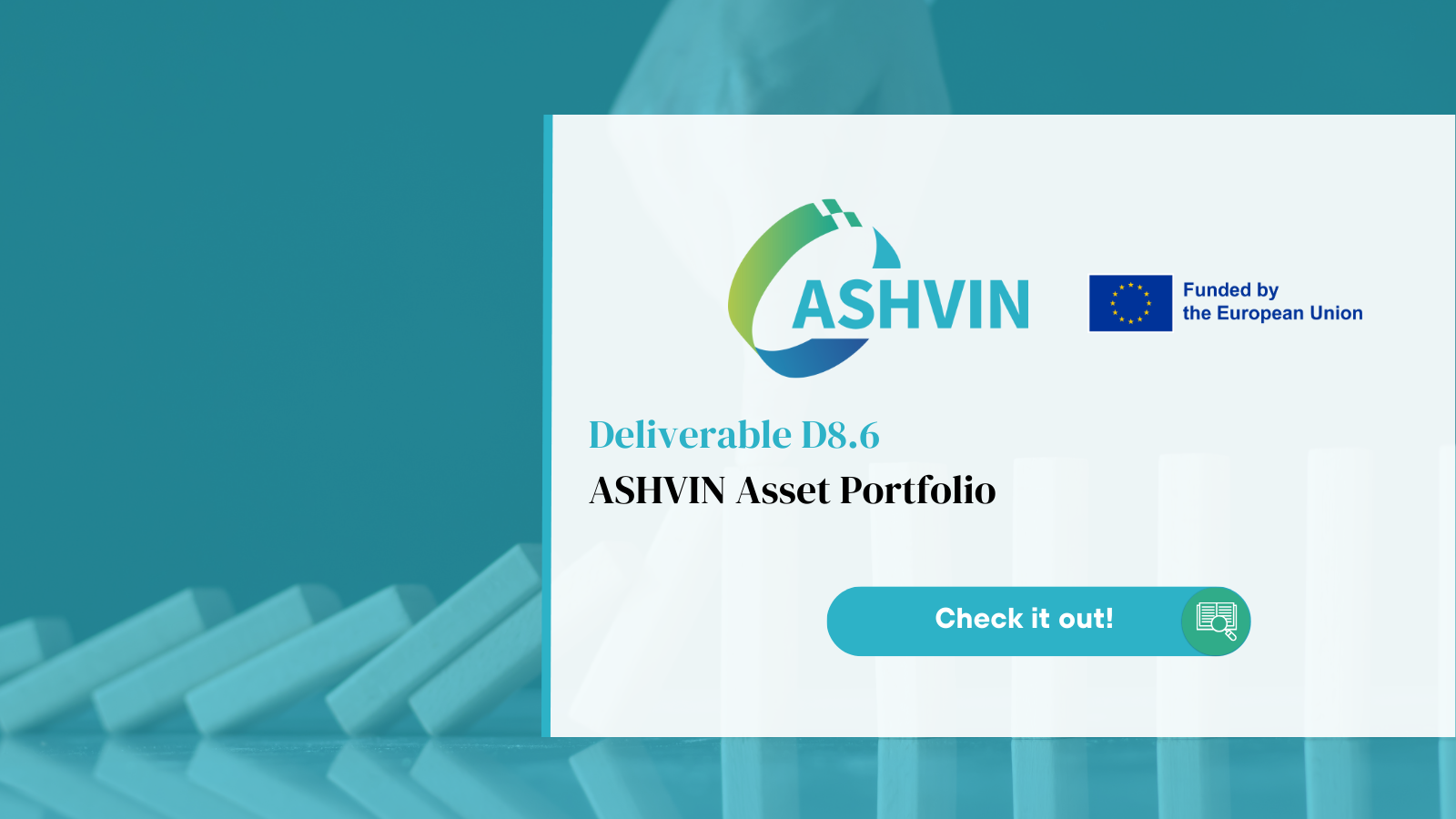According to the National Infrastructure Commission in the UK, NIC (2017): “The digital twin is effectively a data representation of the infrastructure that takes real-time and other data into the management processes of that real-infrastructural component.” The Gemini Principles (CDBB 2018) define a digital twin as “a realistic digital representation of assets, processes or systems in the built or natural environment”. In this sense, a digital twin is not just a digital replica of a real/physical thing (for instance a digital photo or a BIM model), but “what distinguishes a digital twin from any other digital model or replica is its adequate real-time connection to its physical counterpart“. By “connection”, it is understood that there is an active relationship and association between the physical and digital parts. Therein lies the complexity of this concept. In addition, the links between DT and SHM systems appear since , measurement, analysis and decisions on the asset are expected both in the physical and digital parts.
A set of definitions for better understanding of DT in the built environment has been collected and identified recently (Dávila and Oyedele 2021). The Digital Twin paradigm originally defines an information construct that comprises the physical asset, its digital identical representation (a digital asset), and a data connection between them. Since physical-digital representations concerning the built environment are also developed, conceptual models including Cyber-Physical Systems and BIM are discussed by Dávila and Oyedele (2021). In any case, the further step in the existing frameworks (as BIM) to become a DT is the connection between the physical and the digital assets in nearly real time.
Digging further on these connections, it is recognised that linking physical and digital assets is possible through the deployment of a series of data-collection techniques in the physical asset that provide the feed to the digital twin in multiform ways. Again, similarities between SHM and DT arise. Together with verification and predictive numerical capabilities, the aim is to capture the present condition and predict the future performance of the physical asset, which will eventually provide enough data for an data-informed decision-making process. As sensing technologies (sensor-, image- or remote sensing based) become ubiquitous, smaller, more accurate, and more affordable, the ability to gather, process, and communicate the information increases. The human-centred interface between the two realms becomes an unprecedented way of intertwining both sensing and calculation capabilities.
In the case of a structure, the physical asset goes through several phases during its life-cycle. The design stage, the construction stage, and finally the operational phase, in which the maintenance and management becomes more relevant, represent three separate stages in all built assets. In the operational phase, or in the context of structural management, a DT may comprise several parts:
- Structural inspection and data collection. Sensors, images and remote sensing techniques represent a variety of alternatives for data-collection.
- IoT services. Adequate transmission, storage and data-structures represent a fundamental technology.
- Data visualization in real time. A continuous understanding of the behaviour and characteristics of the asset. Visual monitoring and inspection in custom tailored human-computer interfaces.
- Simulation and analysis. From reduced to full-order, models that allow a continuous verification of standard structural characteristics.
- Data matching. Following standards from the industry, both simulated and collected data structures require interoperable formats.
- Structural integrity quantification. Advanced automated data analysis, both data-driven or model-based, represent state-of-the art techniques that can be embedded in the virtual representation of the asset.
- Performance prediction. Through complex analysis, advanced structural simulation models combined with deterioration models to predict future performance and anticipate damage location and extent.
In the case of operation and maintenance (O&M) management, research aiming at improving efficiency of the process based on some of the abovementioned parts is available. However, the majority of current works focus on specific implementations or disaggregated data resources. Some authors provide software architecture, some other improved real-time emergency response. A comprehensive overview and system architecture as required for a DT is available (Lu et al. 2020a, Dávila and Oyedele 2021)
Another example of framework for DT of building and civil infrastructures is proposed in Zandi et al. (2019). Challenges and opportunities related to the potential use of drones for inspection and monitoring, data-driven models for performance assessment and physics-based models for performance prediction, all together and inter-connected may derive on a living simulation platform (or DT) which updates itself after each inspection run. It is worth pointing out that these disaggregated elements coincide with the 7 parts of the DT SHM suggested system.
The virtualization of buildings and bridges in the last 15 years in the form of Building or Bridge Information Models is clearly identified as the starting point for the DT. The industry has erected a frame with semantically rich 3D reference standards and models that nowadays are enriched with time and sensor data from the DT perspective.
It is also worth pointing out that in many cases O&M of existing structures include assets that have never been digitised accordingly. Digital initial information for the asset is partial or even non-existent (lack of design drawings, construction quality control not available, …). Effort is thus required to establish the Digital Birth of the asset. Therefore, developing a digital asset from scratch for maintenance purposes suggest a “beyond BIM” representation in which connections between the physical and the digital realms are established whenever required.
In summary, DT are tools that can improve the understanding of performance of existing assets, to verify the as-built situation, run ‘what if’ simulations and scenarios, or provide a digital snapshot at any time. DT represent a comprehensive future regular SHM system. In the verge of data-driven, Artificial Intelligence (AI)-based decision-making techniques, constructing comprehensive DT will help taking data-based decisions for unexpected interventions and ultimately streamline costs throughout the asset’s operational life.
Do you want to know more about our project? You can go download our deliverable from here and follow and share your opinion with us through our LinkedIn, Twitter or YouTube communities.





